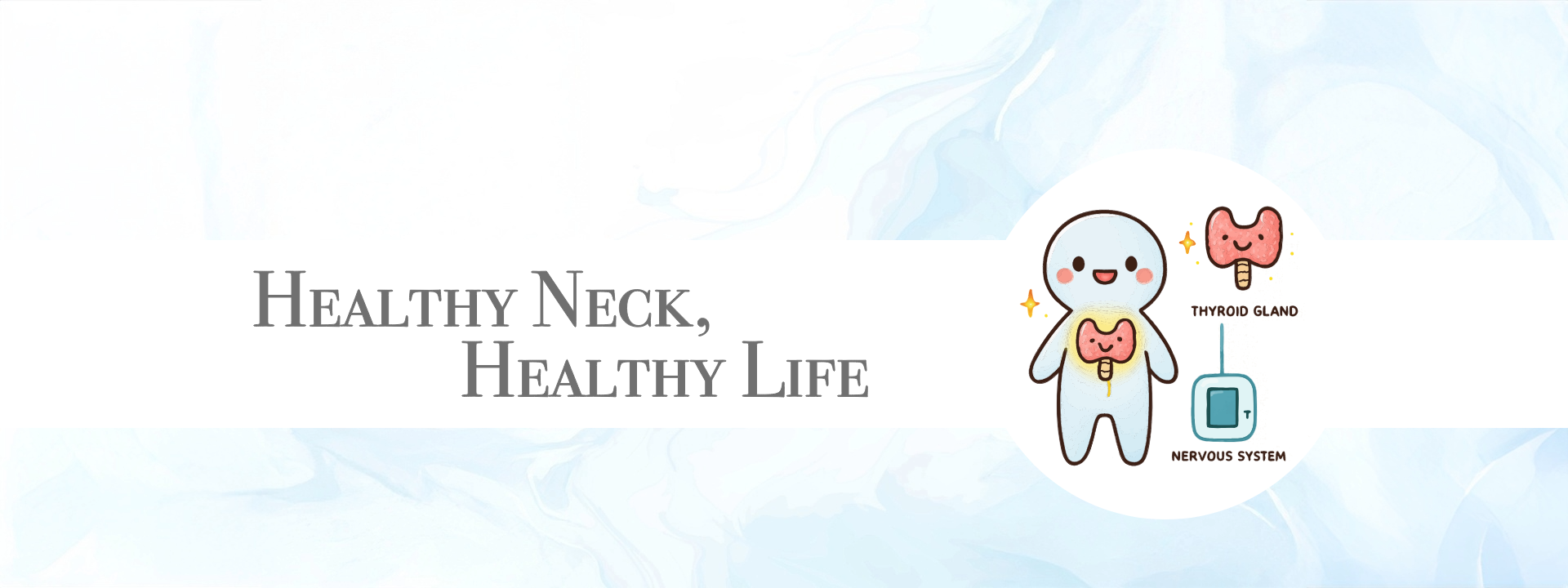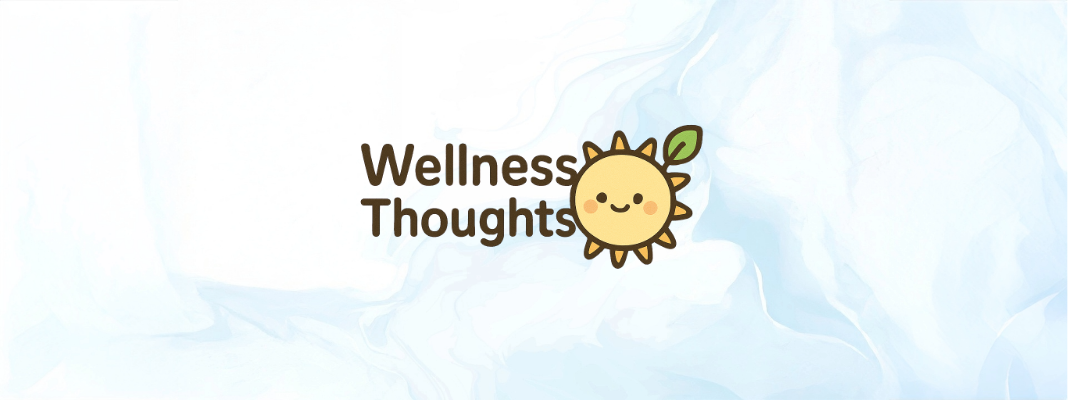Health Is One: A Call for Global Cooperation
“Health is One”
“Those who can, do what they can.”
If we each acted on this simple idea, I believe the number of patients suffering from chronic health problems would drastically decline.
But of course, it’s not that simple in reality.
Allow me to share my thoughts, based on the current state of healthcare in Japan.
Balancing Healthcare and Business
Over 70% of hospitals in Japan are reportedly operating at a loss.
In such a situation, reducing prescriptions can severely impact the financial stability of medical institutions, which I fully understand.
There are procedures—such as imaging or surgery—that can only be performed at hospitals.
And modern medicine has indeed saved countless lives over the years.
Let me be clear: I am not here to deny the value of medical science.
What I do want to highlight is the risk of long-term use of medications with high side effects and dependency.
This often diminishes the body’s natural healing capacity and makes it difficult to return to a life without medication.
Medications of Concern for Long-Term Use
- Psychiatric drugs
- Tranquilizers
- Sleeping pills
- Steroids
- Blood pressure medications
Among them, based on my clinical experience, psychiatric drugs, tranquilizers, and sleeping pills are especially problematic.
I’ve seen far too many patients suffer from long-term use, and it pains me deeply every time.
Symptoms Often Observed
- Anxiety disorders
- Panic disorders
- Chronic headaches
- Sleep disorders
- Mood instability
- Early-stage symptoms of hypothyroidism
- Orthostatic dysregulation
My Ideal Recovery Model
I envision a short-term, intensive recovery facility—
A place where patients can achieve meaningful recovery within 1 to 3 weeks through:
- Autonomic nervous system adjustment treatments
- Lifestyle modification
- Light exercise routines
- Mental and emotional reorientation
※ Ideally, patients should not be taking medication at the time of entry.
Why This Model Isn’t a Reality
In Japan, the number of patients visiting psychiatry clinics and headache centers continues to rise, yet recovery rates remain low.
If such a recovery facility were to succeed, it might divert patients—and thus revenue—away from conventional clinics.
This makes collaboration between them extremely difficult.
As a long-term policy goal, I believe restricting the opening of new psychiatry clinics while increasing recovery-based facilities may be a necessary shift.
Promoting Non-Pharmacological Options
I firmly believe that non-drug-based recovery options like the above are essential to truly reduce patient numbers.
But does a country exist where this model can realistically be implemented?
At least at this moment, I don’t think that country is Japan.
Final Thoughts
If there is a place somewhere in the world where the government is actively working to reduce patient numbers,
I would truly like to know.
There’s a limit to how many people we can help through our clinic alone.
That’s why I struggle every day, asking myself:
“How can we reach and help more people?”
This is no time for division.
Now is the time for the world to unite and support one another—across borders, systems, and beliefs.



コメント